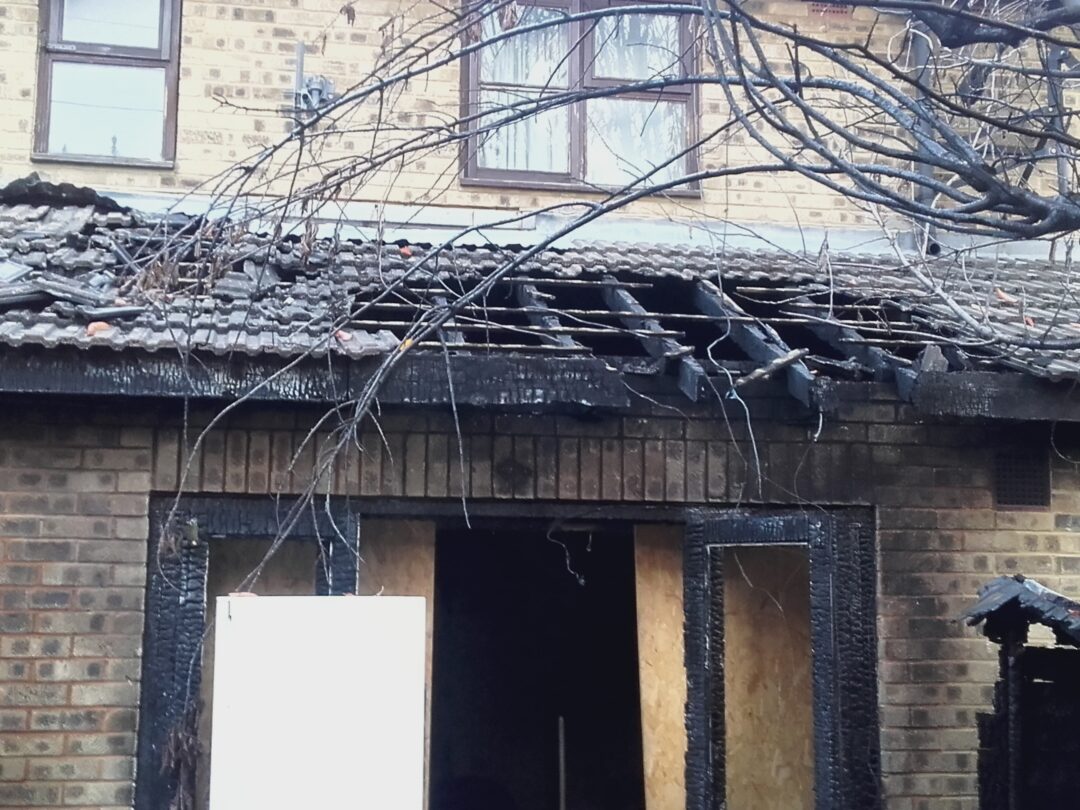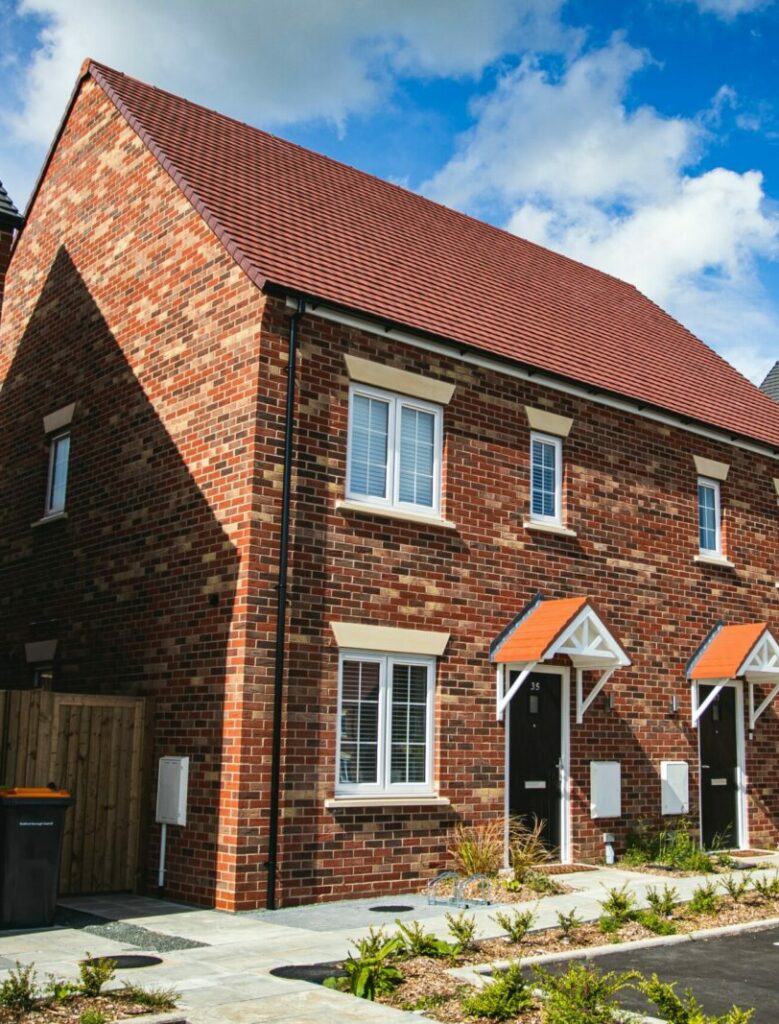Menu
Menu
Understanding Insurance policy key terms is crucial because it dictates the terms and conditions of the coverage you receive. An insurance policy is a legal contract between the insurer and the insured. It outlines what is covered, to what extent, under what circumstances, and what is excluded. Not fully understanding these details can lead to misunderstandings and potentially significant financial losses in the event of a claim. For instance, you may believe you're covered for a specific incident, only to discover that it's an exclusion in your policy. Moreover, the policy wording may contain specific conditions and obligations you need to fulfil to maintain your coverage, such as certain safety measures or reporting requirements. Thus, having a thorough understanding of your insurance policy wording ensures you are aware of your rights, responsibilities, and the level of protection you have, enabling you to make informed decisions and avoid unpleasant surprises.


Ab Initio is a Latin term that means ‘from the beginning’. In Insurance it is often used when stating that a policy was void ‘Ab Initio’ meaning that the insurance policy was not valid from the start.

In Insurance, an Act of God is an act of nature that couldn’t have been prevented. No blame can be assigned to a policyholder if their home sustained damage because of an Act of God, such as a storm.

Sometimes you will need alternative accommodation if your home has sustained damage to the extent that makes it unliveable. It is a priority of Insurance Claim managements companies such as Oakleafe Claims, that your family and pets find somewhere temporary which is convenient and comfortable to live in whilst your home is being restored.

This is a clause that you might find in your Insurance policy that states that if your property is underinsured, your insurer is only liable to pay for a percentage of the value of items lost, leaving you- the policyholder to pay for the remaining cost.

Betterment is when someone replaces or repairs a damaged item in their property with something of higher value than the original after an Insurance Claim. Whilst your Insurer is liable to pay for the cost of replacing and repairing parts of your property, any gap the value of original items and the value of replacement items, must be covered by you, the policyholder.

Buildings Insurance covers damage to the structure of a property caused by a flood, fire, storm or impact. This protects structure of the building such as the walls, roof, floors, extensions and its built-in fixtures.

Building sum insured is the cost of rebuilding the property if it was completely destroyed. This includes all additional costs to fully demolish and rebuild the property in full.
A certificate of insurance (COI) is a document issued by the insurance company or broker that verifies the existence of the insurance policy.
A consequential loss is an indirect financial loss that is a result of the original loss (e.g. a property fire or business flood). Consequential loss is usually a separate level of cover in the policy and therefore not included in buildings insurance. It mainly applies to commercial policies and business losses.
Contents insurance typically provides replacement cover for all non-built-in contents of a home or business such as your personal possessions.
In your insurance policy, the excess is the amount you have contribute towards the overall cost of a claim. The amount will usually be pre-agreed.
Index linking is where an assets insured value is adjusted in line with changes to inflation and the cost of living.
For example, if your policy is index linked, and the rebuild cost was to increase through inflation, your insured amount would automatically increase. This would help avoid being underinsured.
When you make a claim, your Insurance company will often appoint a Loss Adjuster whose role is to investigate the claim to decide whether it is valid and then decide the settlement offer, in accordance with your policy.
Loss Assessors are independent Insurance Claim experts who work for the policyholder to take their stress away by handling all aspects of the claim.
Oakleafe Claims are multi-award-winning insurance claim specialists and retain an enormous amount of experience in all manner of different types of claims.
The peril is the cause of the damage to your home or business. Different perils will be covered or excluded by the policy.
The Insurance premium is the amount you pay for your home or business insurance policy.
The proximate cause is the direct cause of a loss. The insurance company will determine the proximate cause and then check whether the policy specifies cover for this peril. Sometimes the proximate cause can be difficult to determine and require thorough analysis.
The term repudiation in Insurance claims management refers to the rejection by Insurers to pay a claim. They will relate this rejection to a specific reason such as non-adherence to a warranty or condition in your contract of insurance.
In the case that damage to your property was caused by a third party, subrogation allows insurers to recoup some of the costs from the third party’s insurance company to contribute towards the claim.
The sum insured is the maximum amount payable by the insurance company in the event of a loss.

Trace and access is a clause where your insurer will cover the cost of any damage that occurs whilst trying to find the source of a water leak.
Underinsurance is when your property is insured for less than its true value. It is a common occurrence since most policyholders do not have accurate knowledge about the total value of their property.
Insurance underwriters assess the risks involved in insuring someone’s property. It involves determining the terms and conditions of the policy and ultimately the insurance premium.
Building sum insured is the cost of rebuilding the property if it was completely destroyed. Commonly people insure their property at the retail market value which is what they would get if they sold their property. Building sum insured refers to the maximum amount that an insurance company will pay out for an insurance claim related to material damage or loss of a building.
It is also often called the "rebuild cost." This value is intended to cover the total cost of rebuilding the property from scratch, in the event of a complete loss, like after a fire or a natural disaster. This includes the costs of clearing the site, professional fees, and the actual construction.

Building sums insured can lead to Underinsurance when your property is insured for less than its true value. It is a common occurrence since most policyholders do not have accurate knowledge about the total value of their property.
There is an easy way to calculate building sum insured to assist when you are renewing or updating insurance policy. Your building sum insured must include all costs to fully demolish and the rebuild value for the property in full, including all ancillary costs.
The Association of British Insurers (ABI) and the Building Cost Information Service (BCIS) provide a building sum insured calculator on their websites to help homeowners estimate the rebuild value of their property. However, it's worth noting that this tool is a general guideline and cannot take into account the specific characteristics of every individual property. It might not be accurate for properties that are unusual in some way, such as listed buildings.

You must also include fees to comply with statutory and local authority requirements such as planning requirements and current building regulations. Remember that properties must be returned to current codes not as they were built originally.
Building sum insured is largely impacted by the cost of various material prices. We have all seen the increases in labour and materials over recent years so you should always include inflation costs to allow for an increase in building repair costs during the period of construction. Professional Fees for architects, surveyors and engineers are also included, and therefore have a significant impact.
Another factor that affects building sum insured is the type of property. For examples, the rebuild of a block of flats might include the whole building, and so it can be difficult to calculate an estimate.

It is your responsibility as the homeowner to ensure that the sum is the correct figure. With extreme weather becoming increasingly common in the UK, more homeowners are experiencing tragedies such as severe flooding and fires that require the property to be rebuilt. It is therefore imperative to ensure that your building sum insured is correct, to avoid being hit with underinsurance implications should the worst happen to your home.
If you do suffer tragedy in your home and need to make an insurance claim, give Oakleafe a call. As award-winning Loss Assessors, we can put you and your home on the road to recovery and ensure you get the most out of your claim.
Remember, it's important to review your building sum insured regularly, as building costs can change over time due to inflation and changes in building regulations. This will help you avoid being underinsured.
Underinsurance refers to the situation in which an individual or entity has an insurance policy, but the level of coverage is insufficient to cover the cost of a potential claim. This usually arises when the insured party has not accurately assessed the value of the assets being covered or the potential liabilities they might face.
Underinsurance happens when your property is insured for less than its true value. It is a common occurrence since most policyholders do not have accurate knowledge about the total value of their property. Add to that the fact that many insurers do not ask specific questions regarding the total value of your property; your cover is likely to be insufficient, meaning underinsured.
According to Macbeth, 80% of UK properties are underinsured meaning that's 4 out of 5. If the worst was to happen and a property suffered severe damage, the amount paid out following an insurance claim would be significantly reduced. On average, in the UK, buildings are insured for only 68% of the amount they should be. Underinsurance may provide you with a slightly cheaper premium each year, but it doesn't cover you for the value you need, and you'll be responsible for the shortfall, not your insurer.
Underinsurance is often caused when it is applied and searched for as a quick to-do. If rushed and not entered correctly, this can cause you to be underinsured. You think by filling in the supplied forms, or making a phone call answering the relevant questions, the value of your property is protected should you need to make a claim. However, the forms you supply and the questions you answer are typically pre-filled and the guidance based on averages.
As an example, the contents value of a domestic property is usually set at £10,000 based on the average. You may think this is enough, without giving the valuation any further thought. Your insurance provider may ask something like, 'Is the total sum of your contents worth less than £10,000?'. You may give it a quick thought without any thorough evaluation of the replacement cost should you need to make a claim.
The accuracy of your insurance cover is likely to be insufficient as a result. This causes underinsurance.

It is your responsibility to avoid underinsurance. Whether your insurance policy cover is inaccurate due to deliberate misinformation, or unintentional carelessness, your insurance provider will not act with any empathy if you need to make a claim. When applying for insurance cover, it is your responsibility to make sure you consider the replacement cost of all your property.
The consequences of underinsurance can be significant regardless of whether you are accidentally or deliberately underinsured; the results are the same. Underinsurance can be damaging for you in two different ways:
Your insurance provider may also decide to cancel your cover if you are underinsured. This has further implications for obtaining building and contents cover from an alternative provider: you will find you have a limited choice of providers willing to provide cover, and your premium cost will likely increase because of a prior cancelled policy. An insurance provider who discovers your cover was insufficient (i.e., you were underinsured) may also void and recall any previous pay-outs for claims made against that cover, adding to your financial difficulty.
Most Insurance Policies typically contain an underinsurance penalty clause which Insurance Professionals know as 'average.'
The average clause in insurance states that if your property is underinsured, your insurer is only liable to pay for a percentage of the value of items lost. Leaving you the policyholder, to pay for the remaining cost; determined by the percentage your property is under insured.
In this case, if your home contents cover is for £10,000, but the true value is £20,000; your cover is under insured by 50%.
When the average clause in Insurance is applied, your insurer will only cover the cost of 50% of your insured value, i.e., 50% of £10,000, only £5,000. Leaving you to pay the remaining cost of £15,000 to replace your lost or damaged property.

Most UK households are unaware of the small print in their insurance policies. It is so important that you learn the secret clauses hidden in plain sight within your policy terms and conditions.
Underinsurance clauses do not only apply to building cover but can also apply to other parts of the policy such as loss of rent, stock and contents and Landlords Contents cover.
Avoiding underinsurance requires a thoughtful understanding of your own insurance needs and a proactive approach in regularly reviewing and updating your coverage. To begin with, it's vital to fully comprehend what your insurance policy covers and what it doesn't. This will allow you to identify any potential gaps in your coverage.
It's also essential to accurately assess the value of your assets. Underestimating their worth can lead to underinsurance. Regularly reviewing your insurance policy and updating it as your life circumstances change is another crucial step to avoid underinsurance.
Here are some bullet point suggestions to help you avoid underinsurance:
Make sure you fully comprehend the ins and outs of your insurance policy, including what is covered and what isn't.
Ensure you have an accurate and up-to-date valuation of the assets you insure.
Regular reviews: Review your policy regularly, at least once a year, and anytime a major life event occurs that could affect your coverage (such as a home renovation, the purchase of a new vehicle, etc.)
Don't hesitate to update your insurance policy as needed. If you acquire new assets, make significant upgrades to your home or car, or experience any other significant changes, ensure your insurance policy reflects these changes.
Depending on your situation, you may need additional coverage that's not included in a standard policy. For instance, you might need to add flood insurance if you live in a flood-prone area.
Consider consulting with an insurance professional who can provide advice tailored to your specific needs and circumstances.
To avoid underinsurance, each property owner would ideally have a Professional valuation undertaken by a Royal Institute of Chartered Surveyors (RICS) qualified Surveyor. We work with RICS Chartered Surveyors who are experienced in producing VAR (Value At Risk) surveys to give a realistic indication of the sum to be insured.
Oakleafe Loss Assessors cannot stress the importance of ensuring a correct sum insured is used when placing your insurance. This should be subject to regular review at renewal. Remember the responsibility is firmly on you as property owner to arrive at and insure for the correct reinstatement value.
For all your insurance claim needs visit Oakleafe Claims or give us a call.
Many businesses make mistakes when trying to determine their plant and machinery sums insured. Setting the correct sum insured requires careful consideration of a number of factors, and a thorough knowledge of the policy terms. Brokers and Insurance Loss Assessors can play a key part in helping customers correctly value their assets, and avoid underinsurance.
For businesses that rely on key machinery, underinsurance can have severe consequences. Simply using the purchase cost for valuing assets is a mistake made by many, resulting in inaccurate sums insured and inadequate claim settlements. Valuing assets for insurance purposes requires a particular methodology, and assessors can play a key role in helping customers approach the issue.
The basis of settlement determines how a policy is worded to calculate a claim. When setting the sum insured, different approaches must be taken, depending on which basis of settlement is specified. Insurance policies can specify different bases of settlement. It is therefore essential that the applicable basis is known before valuing assets.
In the UK, it is usually an indemnity or, more commonly, reinstatement basis for items of machinery. Other basis of settlement do exist, such as an agreed value basis, but are less common for most customers’ purposes.
An indemnity basis reflects the traditional principle of insurance: to return the insured to their position prior to the loss – no more, no less.
An indemnity basis will cover either:
Reinstatement is the most common basis of settlement used in the UK insurance market. This departs from traditional principles, as a claim settlement will result in an improvement to the insured’s position.
Reinstatement will cover either:
The approach taken to valuations will produce different results, with reinstatement sums insured being notably higher than those on an indemnity basis. Approaching a valuation from the wrong starting point is likely to result in either over- or underinsurance. Plant and machinery are also particularly susceptible to fluctuations in value, making it difficult for people to establish an accurate sum insured.
It should be stressed that there is no substitute for regular professional valuations to be undertaken for insurance purposes. It may be the difference between sinking or survival. You must seek an Insurance Assessor.
If you have been declined whilst trying to claim on your domestic or commercial insurance, we can help. We can also help with professional services, for example, Brokers, VAR Valuations and Managing Agents.